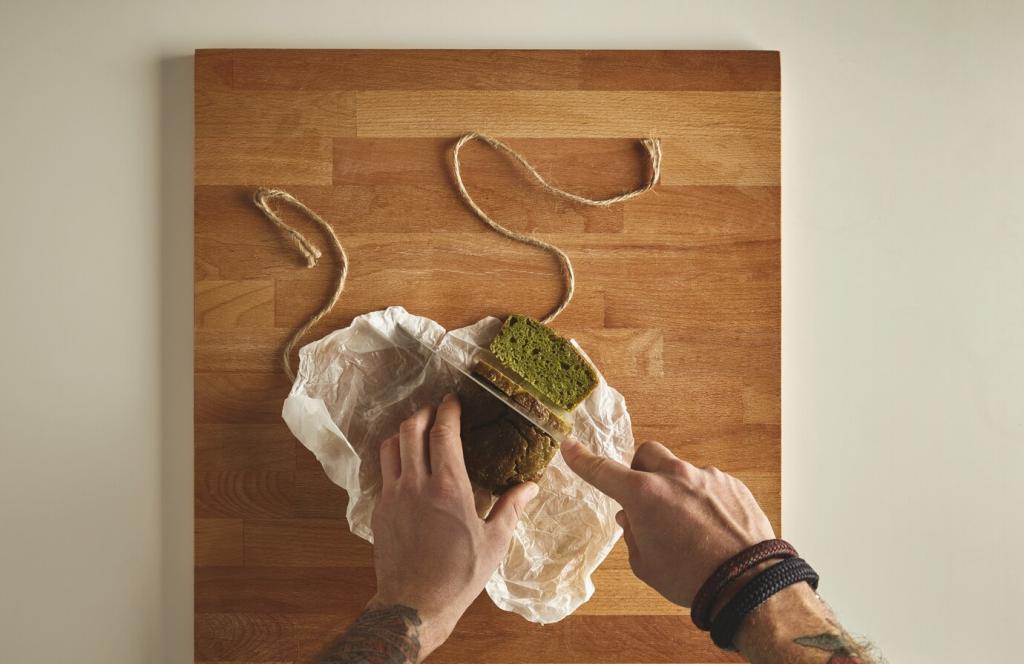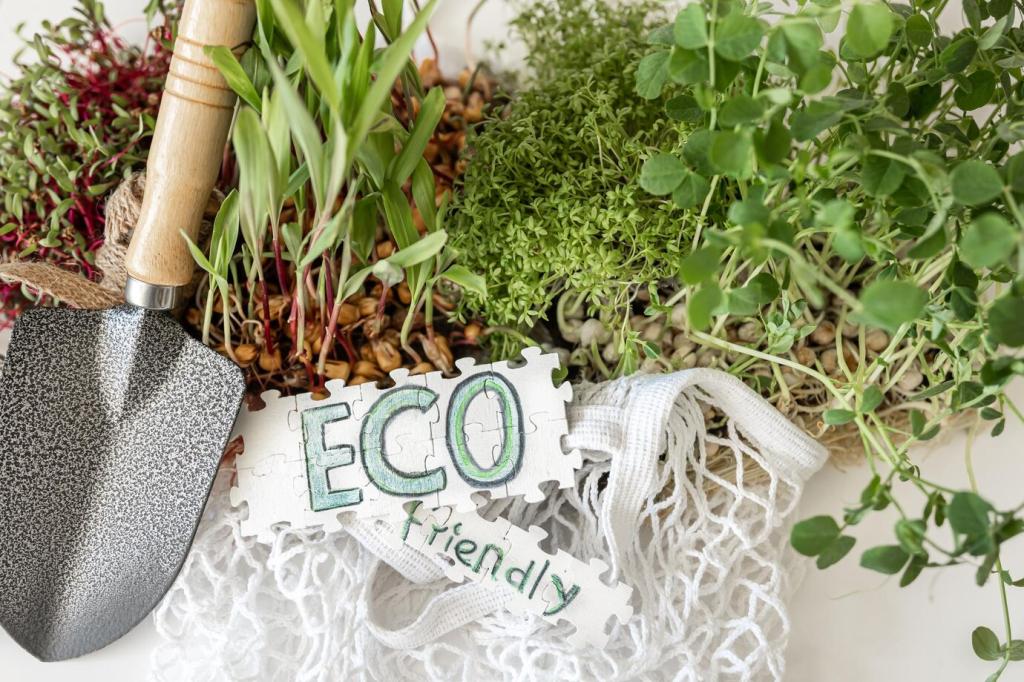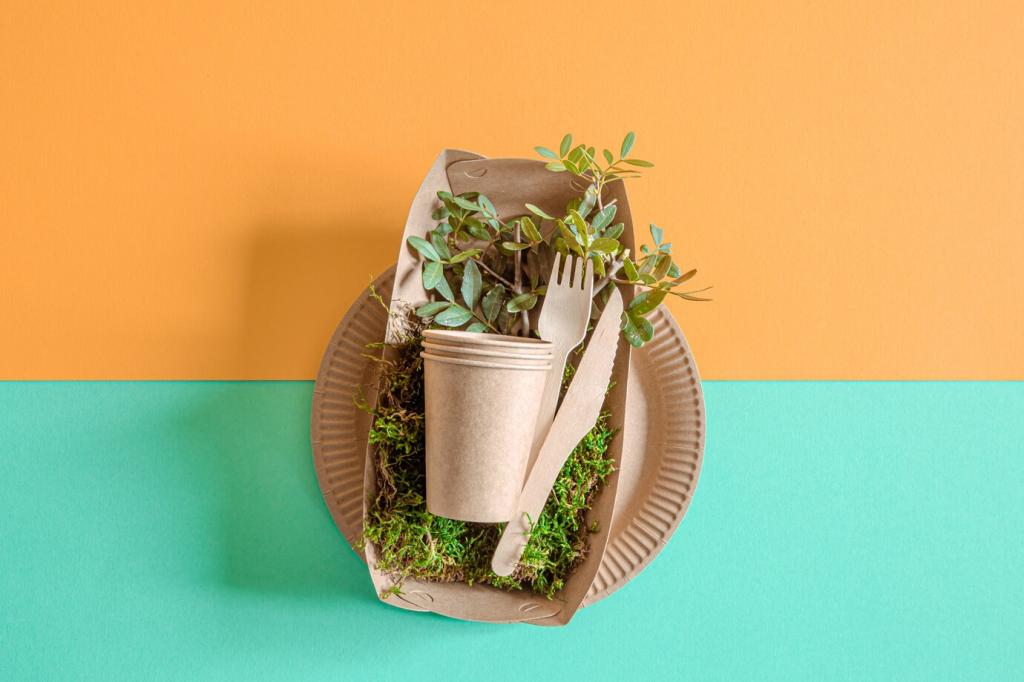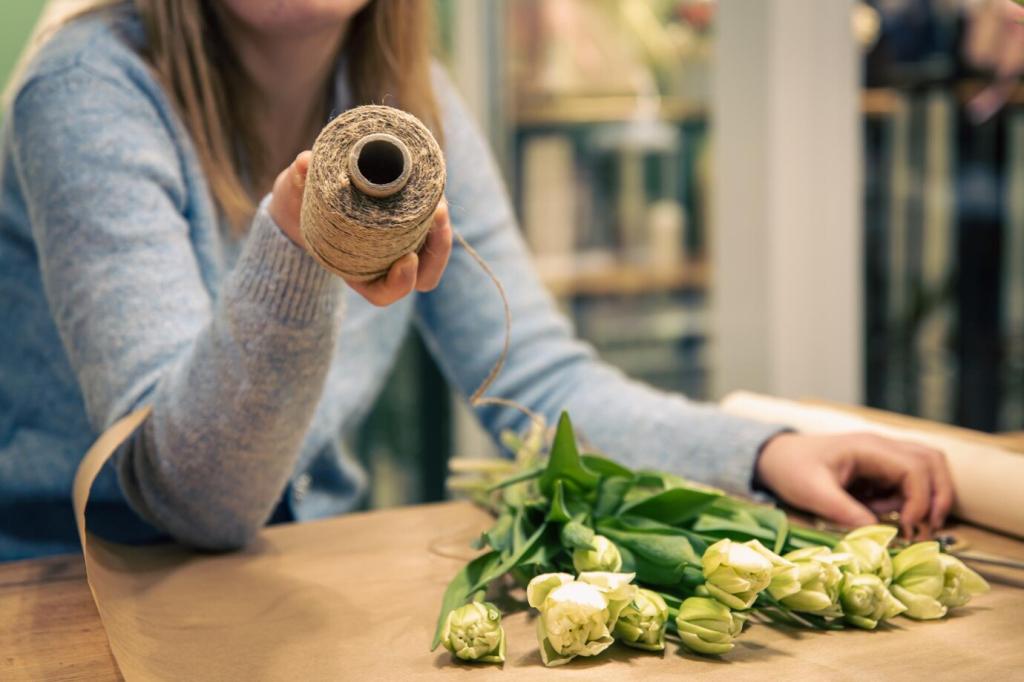Sustainability and Cultural Care
Reusing textiles reduces water, energy, and chemical inputs linked to modern production. Each yard diverted from landfill also preserves craftsmanship—hand-screened repeats, sturdy yarns, and colors mixed by eye rather than algorithmic formula.
Sustainability and Cultural Care
Research motifs—Indienne florals, Welsh tapestry patterns, or American feedsack prints—before cutting. Attribute makers when known. If a pattern holds cultural meaning, treat placement thoughtfully and share its story with guests who enjoy your finished piece.
Sustainability and Cultural Care
Post your favorite ethical sellers, historical references, and care tips in the comments. Help newcomers avoid pitfalls and celebrate wins. Follow and subscribe to keep this knowledge alive, stitch by stitch, project by project.







